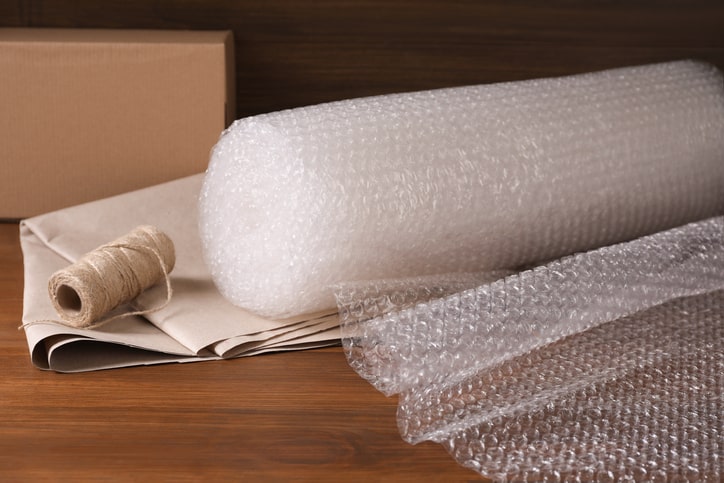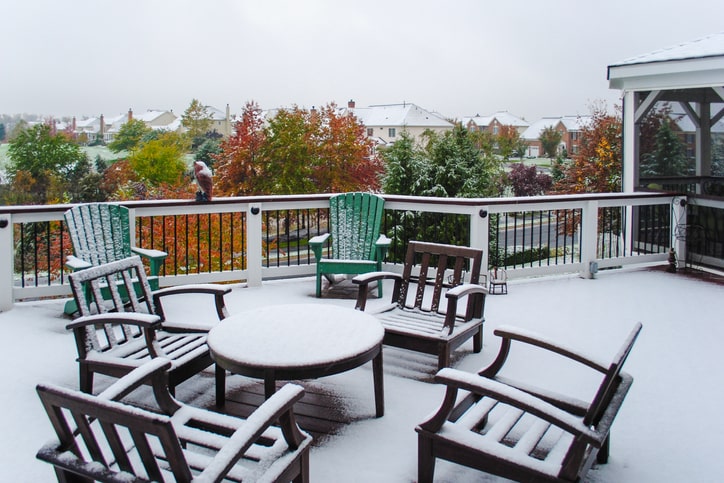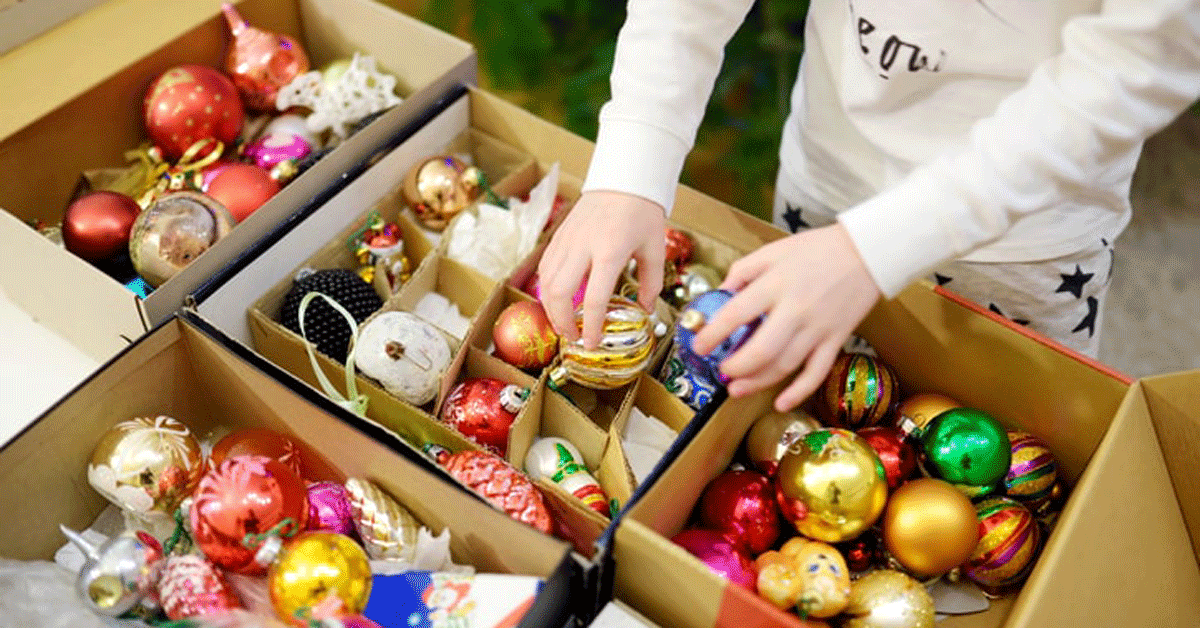How To Pack Your Seasonal Items for Storage
By David Decker
As the seasons change, so do your storage needs, moving from summer clothing to winter gear or vice versa. Storage Star is here to offer expert guidance and practical tips on how to pack and store your belongings efficiently.
Whether you’re decluttering your home or safeguarding holiday treasures, our comprehensive guide will walk you through the steps to protect your items from dust, pests, and moisture. Discover effective packing materials, labeling techniques, and space-saving strategies to make the most of your storage space and streamline the process of storing your seasonal items.
Evaluate and Declutter
Before diving into packing, take the opportunity to declutter your seasonal items. Assess each item’s condition and usefulness. Consider donating or selling items you no longer need. This initial step not only streamlines your packing process but also ensures you’re only storing items that truly matter to you.
Tips To Declutter Your Home
It’s easy to let your house become cluttered, especially during the holidays, with presents flowing in and out of your home. To tackle the home decluttering process, adopt a methodical approach. Take on one room or area at a time to maintain order and avoid feeling overwhelmed.
Assess the utility and sentimental value of each item, and be proactive in parting with belongings you no longer need.
Consider donating, selling, or recycling for items still in good condition.
Utilize organizational tools such as bins, baskets, and shelves to establish designated spaces for your belongings.
For every new item added, remove an existing one to maintain a clutter-free and balanced living environment.
Regular, small-scale decluttering efforts will help prevent the accumulation of unnecessary items and help you make headway on decluttering your home.
Categorize Your Seasonal Items
Organize your seasonal items into categories such as clothing, decorations, and outdoor gear. This will help you determine the most suitable packing materials and storage solutions for each group. We recommend sorting items based on their fragility, size, and frequency of use to tailor your packing strategy accordingly.

[H2] Invest in Quality Packing Materials
To protect your seasonal items from dust, pests, and moisture, invest in high-quality packing materials. Use sturdy boxes, plastic containers, and vacuum-sealed bags. Opt for specialized containers for fragile items like holiday decorations to ensure they remain intact during storage. Quality packing materials are an investment in the longevity of your belongings.
Labeling Techniques for Easy Retrieval
Labeling is a crucial step in the packing process, making it easier to locate specific items when needed. We recommend using clear, descriptive labels on all boxes and containers. You should include a brief inventory of the contents, especially if you intend to store the items for a long period of time. This simple step will save you time and frustration when you’re ready to retrieve your seasonal belongings.
Protecting Clothing and Fabrics
When it comes to storing clothing and fabrics, proper packing is essential to prevent damage from pests and moisture. Using breathable garment bags for clothing and linens will allow air circulation and reduce the risk of mildew. For added protection, place moisture-absorbing packets inside containers to combat humidity.
Holiday Decoration Storage
Holiday decorations, often sentimental and delicate, require extra care during packing. Items like Christmas ornaments or ceramic menorahs can often crack or shatter if stored improperly. Wrap fragile items individually in Bubble Wrap or tissue paper. Use dividers or compartmentalized containers for ornaments and delicate décor to prevent breakage. Store these items in sturdy boxes and avoid overpacking to minimize the risk of damage.

Efficiently Storing Outdoor Gear
For outdoor gear like patio furniture or sports equipment, it’s important to clean and, if applicable, disassemble items before storage. Use weather-resistant covers for furniture, and consider storing smaller items in designated containers. Ensure all items are completely dry before packing to prevent mold and mildew growth.
Regular Check-Ins and Maintenance
Even in storage, seasonal items benefit from occasional check-ins. Periodically visiting your storage unit will help ensure the continued safety and condition of your belongings. Take preventive measures such as replacing moisture-absorbing packets and checking for signs of pests or damage.
Maximize Space With Smart Storage Solutions
Storage Star specializes in helping you make the most of your storage space. Utilize vertical space by stacking boxes and containers. Consider installing shelving units to organize and access items more efficiently. Organize seasonal items that aren’t frequently accessed toward the back of the storage unit, leaving the front for items you may need to access frequently.
[H2] Store Your Seasonal Items With Storage Star
With the guidance of Storage Star, packing and storing your seasonal items is a painless and efficient process. These tips will help you protect your belongings and streamline the retrieval process. Trust that Storage Star will provide the expertise and resources needed to safeguard your seasonal items from dust, pests, and moisture, so they can remain in great condition until their next moment in the spotlight.
With 42 locations across the western U.S., Storage Star can help keep your home decluttered through the holidays and beyond. Make holiday storage easy by renting a storage unit online today!

Storage Star
David Decker
